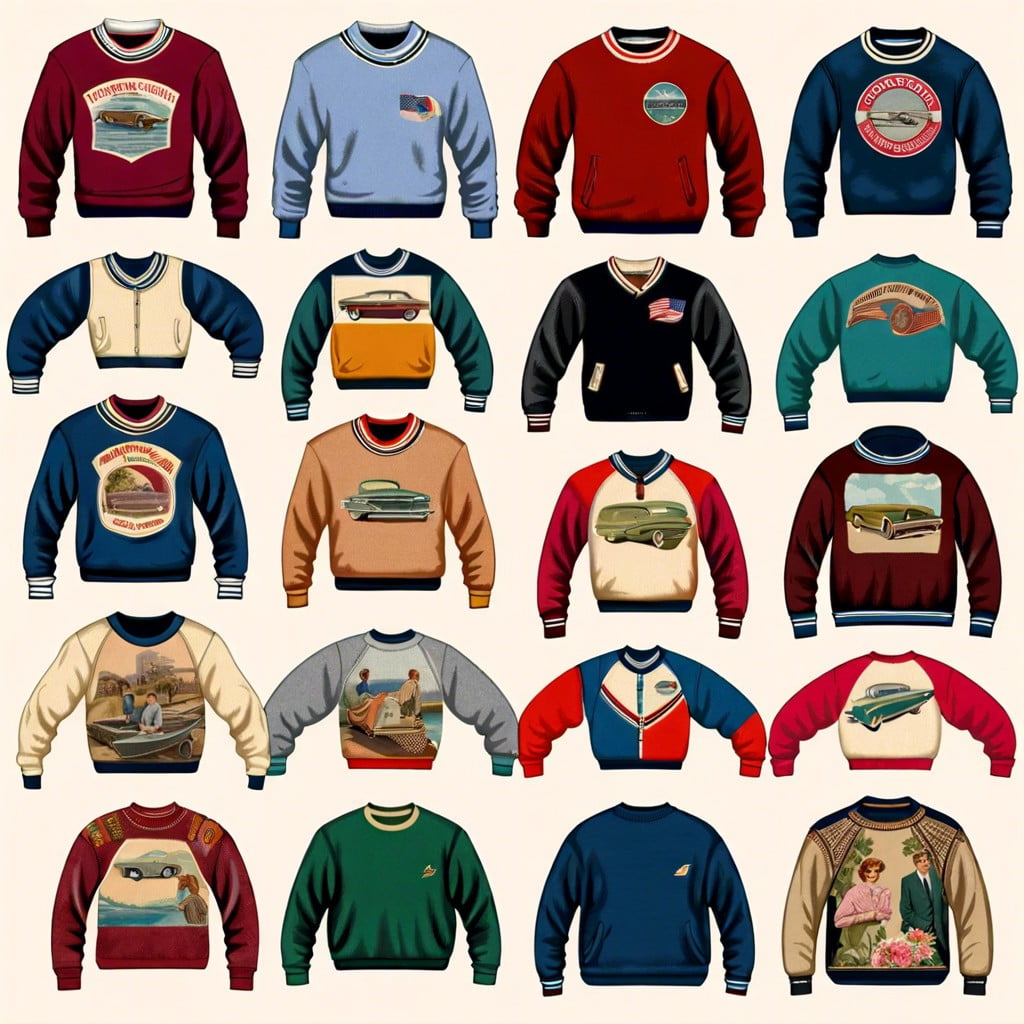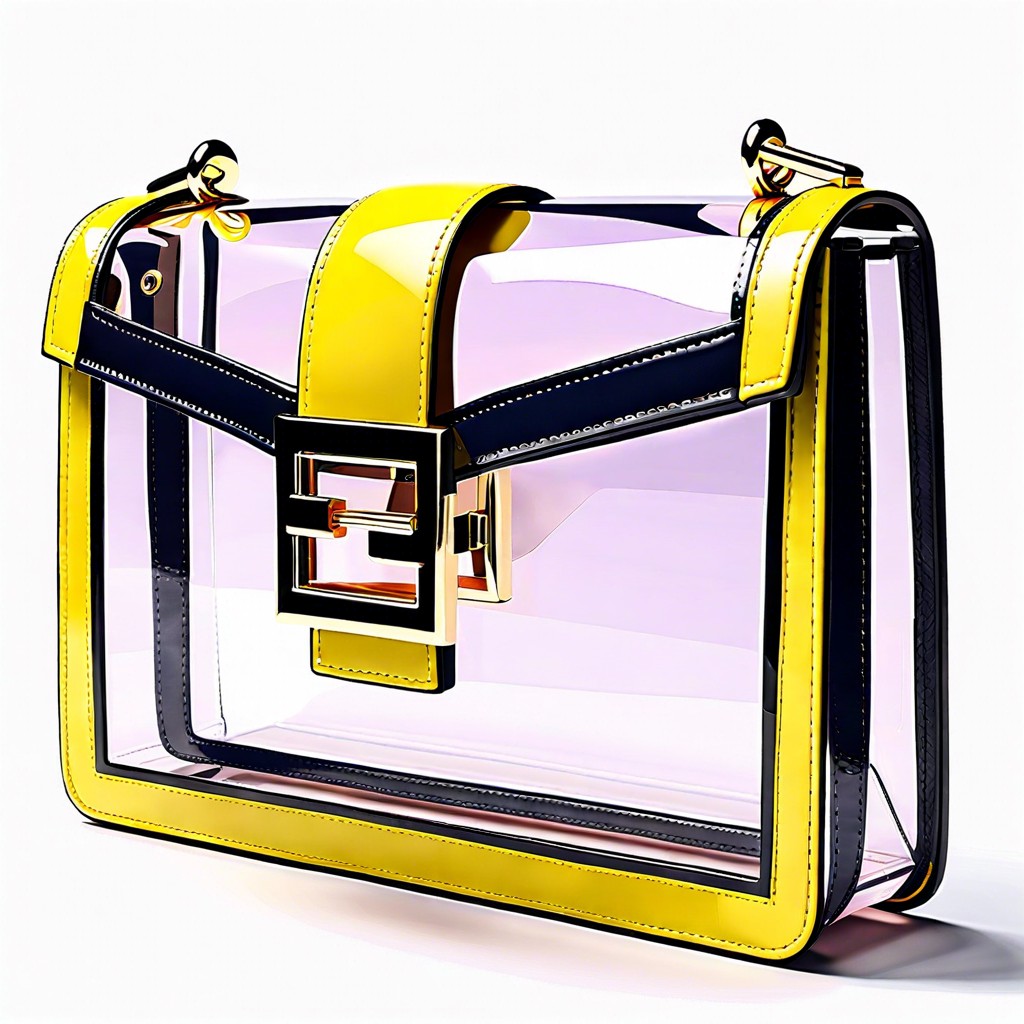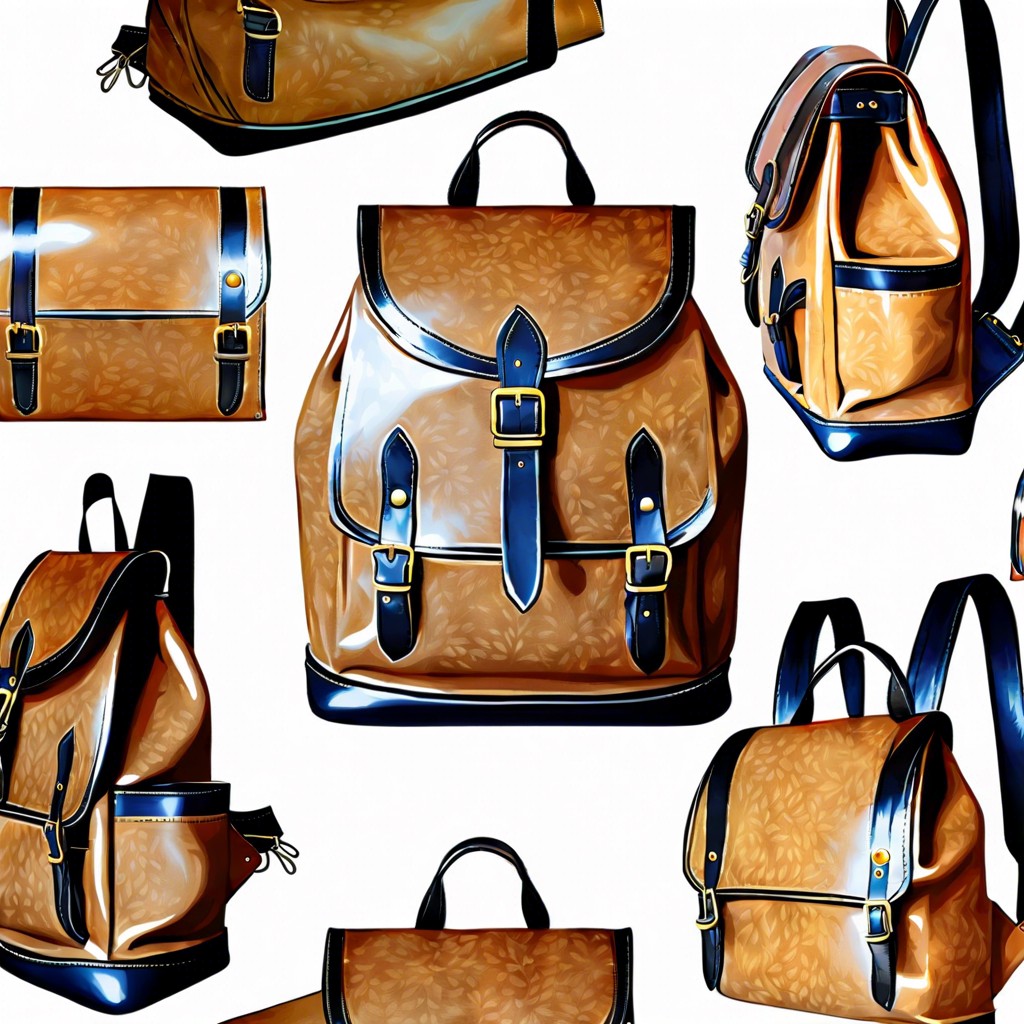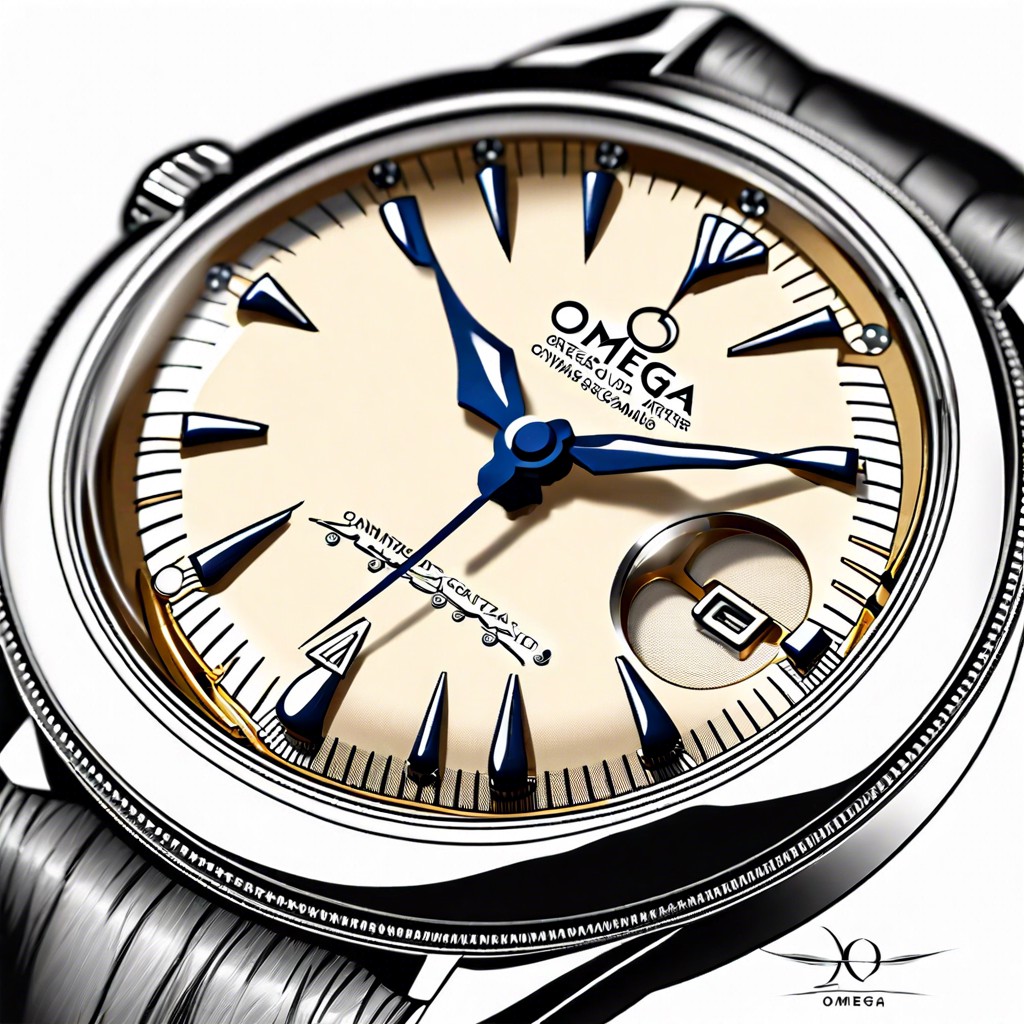Last updated on
Discover the key factors to consider when selecting a vintage sweatshirt to ensure you make an informed purchase.
Key takeaways:
- Vintage sweatshirts have evolved from athletic wear to mainstream fashion.
- Iconic brands like Champion, Adidas, and Nike have influenced vintage styles.
- Authentic vintage sweatshirts can be distinguished from reproductions through careful examination.
- 90s styles have made a resurgence in modern fashion, with oversized fits and bold graphics in high demand.
- Buying vintage sweatshirts supports sustainability and ethical fashion.
Evolution of Vintage Sweatshirts

Initially designed for athletic wear due to their warmth and ease of movement, sweatshirts quickly transitioned to everyday attire. The 1920s marked their introduction, primarily used by football players, replacing itchy wool sweaters. The 1930s and ’40s saw the rise of the crew neck design, courtesy of Russell Athletic, catering to a broader audience beyond athletes.
The post-war era brought heightened casualness to fashion, embedding sweatshirts in mainstream attire. College logos adorned them, transforming simple clothing into emblems of identity and pride. By the 1970s, graphic sweatshirts with band logos, slogans, and art became prevalent, reflecting cultural shifts and freedom of expression.
The 1980s and ’90s ushered in oversized styles and bold colors, mirroring the vibrant and experimental fashion of the times. Brands like Champion, Adidas, and Nike gained prominence, with their vintage pieces now highly sought after for their quality and nostalgia. As fashion recycles, these vintage sweatshirts embody timeless design and social history.
Iconic Brands and Their Impact On Vintage Styles

Champion, Adidas, and Nike are synonymous with vintage athletic sweatshirts. Their logos and designs capture the essence of past decades, influencing both streetwear and high fashion. Russell Athletic’s invention of the crewneck sweatshirt in the 1920s set the stage for these brands to elevate the garment to iconic status through innovative designs.
Harley Davidson and college university sweatshirts, often emblazoned with bold graphics and lettering, have exerted significant influence on the vintage market. They embody a sense of Americana and nostalgia, sought after for their cultural and aesthetic significance.
The cross-pollination of high fashion with sportswear is evident in luxury brands like Gucci incorporating vintage-inspired athletic wear into their collections. This trend reaffirms the timeless nature and cross-generational appeal of vintage sweatshirts within the fashion industry.
Collectors and fashion enthusiasts seek limited edition and collaboration pieces, such as those from Supreme, for their unique designs and rarity. These items fuel a vibrant resale market, capitalizing on the historical and intrinsic value associated with vintage garments.
Recognizing Authentic Vintage Vs Reproductions
Distinguishing authentic vintage sweatshirts from reproductions involves careful scrutiny. Key elements such as tags, stitching, and material can offer telltale signs of an item’s age. Original tags often exhibit an ageing process — they might be faded, have a distinct vintage font or logo, and display old sizing standards. Reproductions may have crisp new tags with modern fonts or sizing.
The construction of a sweatshirt reveals its history. Authentic vintage pieces might show unique stitch patterns, often not as perfect as today’s machine standards. Also, older sweatshirts will likely contain a single-stitch technique at the hems and cuffs, a common practice before the 80s which has been largely replaced by double-stitching in contemporary apparel.
Materials can also be a giveaway. Vintage fabrics tend to feel different, often heavier and less synthetic than many of today’s blends. Over time, the material may show natural wear like thinning or pilling.
Lastly, check for a union label or care tags that date the piece. A union label with a blue and white ILGWU (International Ladies’ Garment Workers’ Union) tag is often indicative of manufacture pre-1995. Care tags with RN (Registered Identification) numbers can also date a piece if researched properly.
It is crucial to research and familiarize oneself with the period-specific characteristics to develop an eye for authentic vintage sweatshirts.
The Resurgence of 90s Styles in Modern Fashion
Fashion routinely borrows from the past. The 1990s have made a significant comeback, influencing designers and street style alike.
Vintage sweatshirts from the era are particularly sought after for their oversized fit and bold graphics. These items serve as a nostalgic nod to the decade, celebrating the relaxed fashion sense that defined it.
As streetwear continues to dominate the fashion scene, the demand for authentic 90s pieces rises. Consumers crave the originality and exclusivity that vintage items offer in contrast to mass-produced modern equivalents.
Brands from the 90s, once considered mainstream, are now revered for their heritage. Logos from sportswear giants like Nike and Adidas, or stylings from hip-hop influenced labels such as Tommy Hilfiger, are back at the forefront of fashion, with vintage pieces often selling at premium prices due to their authenticity and rarity.
This trend reflects a wider movement towards personal style and sustainable consumption. By incorporating vintage sweatshirts into their wardrobes, individuals can make eco-friendly choices while also making a unique fashion statement.
Sustainability and Ethical Fashion in Vintage Clothing
Purchasing vintage sweatshirts is a green choice. Each recycled garment reduces the demand for new production, which, in turn, cuts down on the water, energy, and raw materials needed, lessening the fashion industry’s environmental footprint.
The longevity of these items supports a sustainable wardrobe cycle. Quality vintage pieces are often well-made, and their ability to withstand the test of time attests to their craftsmanship, contrasting with the disposable nature of fast fashion.
Vintage sweatshirts carry stories and a unique history. By reusing these garments, consumers preserve the cultural significance attached to them, contributing to a more conscious approach to consumption.
Opting for vintage wear also challenges the fast fashion model, which frequently involves questionable labor practices. Vintage purchases reduce reliance on such systems, advocating for more ethical fashion choices.
Through these practices, vintage sweatshirt enthusiasts not only express individual style but also promote a more sustainable and socially responsible fashion industry.




